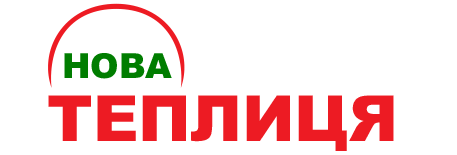Greenhouse Grant – How to Get a Greenhouse Grant: Step-by-Step Instructions

Amid the ongoing economic challenges caused by military action and global climate change, the Ukrainian government is strengthening support for the agricultural sector through a greenhouse grant program. This initiative, integrated into the national "eRobota" program, administered jointly by the Ministry of Economy of Ukraine and the Ministry of Agrarian Policy and Food, aims to stimulate the construction of modern modular greenhouses for year-round production of vegetables, berries, herbs, and other crops. The program not only promotes import substitution and improves food security, but also stimulates the creation of thousands of new jobs, the modernization of agriculture, and regional development.
Launched in 2022, the program underwent significant changes in 2025: the budget was increased to UAH 1.37 billion for grants for horticulture, berry growing, viticulture, and greenhouses, with clarified co-financing rules and the introduction of benefits for businesses in frontline zones or displaced from occupied territories. According to the Ministry of Economy, over UAH 28 million has already been allocated for greenhouse development as of September 2025, and a total of UAH 167.7 million has been financed under the program for 38 projects. This article, based on official sources such as the Diia portal, Cabinet of Ministers of Ukraine resolutions, and analytical materials from agricultural portals, will provide a comprehensive overview: from strategic goals to practical steps for obtaining a grant, including risks, calculation examples, and expert recommendations. As consultants with experience in agricultural financing, we emphasize: success depends on careful document preparation and compliance with all criteria.
The program's strategic goals and objectives: how grants address key issues in the agricultural sector

State Greenhouse Grant Program — is a comprehensive support mechanism aimed at long-term agricultural development. The main objectives include:
- Increasing agricultural production: Greenhouses allow you to grow vegetables (tomatoes, cucumbers, pepper), greens (dill, parsley, salad) and berries year-round, compensating for seasonal shortages. This is especially important during the winter, when traditional field farming is impossible, and helps meet the growing demand for fresh produce within the country.
- Reducing dependence on importsUkraine annually imports significant volumes of vegetables and berries, particularly from Turkey and Poland. Grants stimulate local production, which strengthens food security and reduces foreign exchange costs. Experts estimate that each hectare of greenhouse can replace 100-200 tons of imported produce annually.
- Improving efficiency and implementing innovationsThe funding covers the purchase of modern technologies—automated irrigation systems, climate control, LED lighting, and energy-saving materials. This increases yields by 40-60% compared to open-field farming and reduces energy costs, making production more resilient to climate change.
- Job creation and social developmentThe program requires the creation of at least four permanent and 10 seasonal jobs per hectare, which promotes employment in rural areas. This is especially important for veterans, internally displaced persons, and small farmers, helping to integrate them into the economy. In 2025, the focus will be on socially significant initiatives, including support for women and persons with disabilities.
- Regional economic developmentGrants stimulate small and medium-sized businesses in the regions, promoting decentralization and GDP growth. Particular attention is paid to frontline zones, where higher co-financing rates are provided.
- Environmental sustainabilityThe program encourages the use of environmentally friendly materials and water-saving systems, which reduces the burden on the environment and promotes the transition to green farming.
Overall, grants address the challenges of high start-up investments (from UAH 5-10 million per hectare), weather risks, and a shortage of qualified personnel, making greenhouse farming accessible to a wide range of entrepreneurs. The non-repayable nature of the grant (subject to compliance) makes it a powerful catalyst for growth.
Who can receive a grant: detailed selection criteria and restrictions
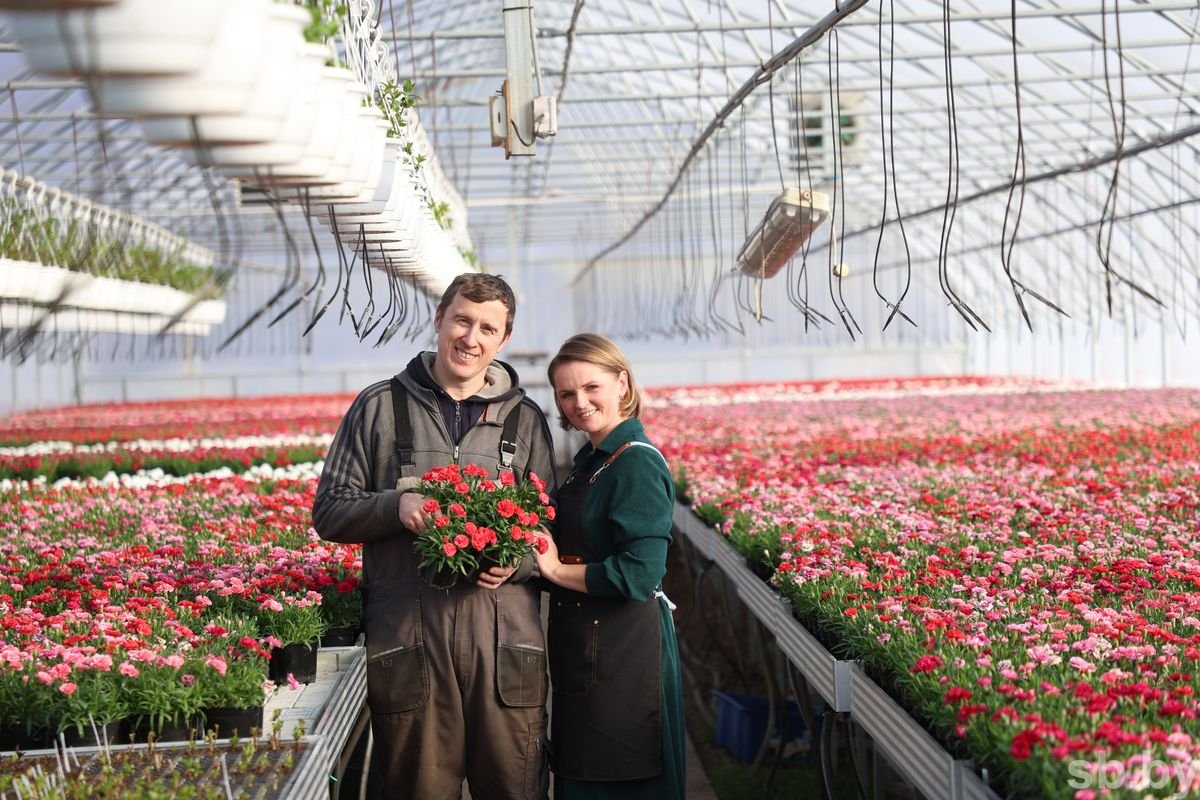
Not all farmers are eligible for the program—strict rules ensure the targeted use of budget funds. Key requirements:
- Applicant statusIndividual entrepreneurs (IE) or legal entities registered in Ukraine. Preference is given to entities with experience in agribusiness, but newcomers may participate with a detailed business plan. In 2025, opportunities will be expanded for veterans, war invalids, and their spouses, as well as for producers of still wines and meads (as part of related programs).
- Geographic and sanction restrictionsActivities must not be conducted in active combat zones, temporarily occupied territories, or in the Russian Federation or Belarus. Exception: enterprises that have relocated their facilities to safe regions or own more than 80% of land in occupied territories are eligible for preferential co-financing up to 80%. There are no sanctions (Ukrainian or international), tax arrears, unified social contribution (USC), or other budgetary payments.
- Legal barriers: No bankruptcy proceedings, corruption convictions, or prohibited activities (weapons production, alcohol production (except still wines), tobacco production, or foreign exchange transactions). Not a credit, insurance, or investment institution.
- Land claimsAgricultural land, owned or leased for at least 7 years from the application date. Documents: extract from the State Register of Property Rights, lease agreement. Minimum greenhouse area: 0.4 hectares, maximum: 2.4 hectares (modular design).
- Additional terms and conditionsThe applicant must provide irrigation with a water source and use plant varieties listed in the State Register of Plant Varieties of Ukraine (excluding ornamental plants). In 2025, tax breaks were introduced for frontline regions: subsidies of up to 1,000 UAH/ha for planting material.
If you qualify, your chances are high—dozens of projects have already been approved in 2025, but due to the budget being exhausted, applications were suspended in April and resumed later.
Financial aspects: grant amounts, covered costs and co-financing

Grants are fixed in size and depend on the greenhouse's area. In 2025, the rules were updated: standard coverage is up to 50% of the project cost (minimum 50% must be covered by the applicant—either through their own funds or loans). For special categories (frontline zones, displaced enterprises), the coverage is up to 80% (minimum 20% must be covered by the applicant). The maximum compensation is 400,000 UAH per hectare. Up to 70% will remain available for the first 1,000 applications, but this quota will be exhausted by September 2025.
| Greenhouse area (ha) | Maximum grant amount (UAH) | Standard coverage (%) | Preferential coverage (%) for special zones | Approximate applicant investments (UAH, with a project cost of UAH 5 million) |
|---|---|---|---|---|
| 0.4–0.6 | 2 000 000 | Up to 50 | Up to 80 | From 2,500,000 (standard) / From 1,000,000 (benefits) |
| 0.8–1.2 | 3 500 000 | Up to 50 | Up to 80 | From 2,500,000 (standard) / From 1,000,000 (benefits) |
| 1.6–2.4 | 7 000 000 | Up to 50 | Up to 80 | From 3,500,000 (standard) / From 1,400,000 (benefits) |
The grant covers:
- Materials for construction (frame, covering - film, polycarbonate, glass; foundations, supports).
- Purchase of equipment (irrigation, climate control, lighting, heating).
- Planting material, seeds from the register, dobriva.
- Delivery, installation and commissioning.
- Salaries for workers during the construction phase (limited).
Excluded: ornamental plants, unless they are part of the primary production. Funds are transferred to a special account in an authorized bank (Oshchadbank, Ukreximbank) and are tax-exempt, but require strict accounting. The overall budget allows for funding of 200-300 projects per year.
Step-by-step grant application process: from concept to implementation
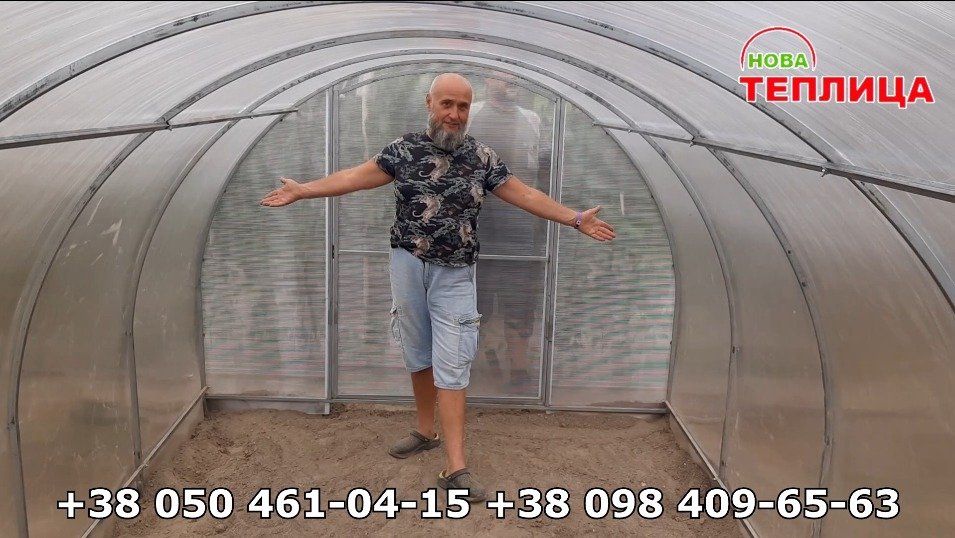
The process has been simplified for online submission through "Diya," but requires careful preparation. The average processing time is 15 business days.
- Preliminary idea and analysisAssess the greenhouse type (film, polycarbonate, climate-controlled), crops, market, and ROI (20-40% annually). Calculate the cost, including energy and logistics.
- Land selection: Check the land's status (agricultural, unencumbered), and the ownership/lease documents (at least 7 years). If it's a lease, make sure it's being renewed.
- Development of a business plan and project:
- Business plan: justification of demand, financial plan, calculation of jobs, sales (contracts with networks, markets).
- Standard greenhouse design: explanatory note, estimate, diagram, specifications (frame, covering, irrigation with water source, plant varieties). Signed by the developer (engineer). The template can be viewed here...
- Submitting an applicationLog in to "Diya" (digital signature or EDRPOU). Fill out the form, attach the project and documents. Sign it electronically.
- ConsiderationThe Ministry of Agrarian Policy is conducting an audit (15 days). The bank is assessing its financial solvency.
- Contract and financingIf approved, sign the agreement with the bank (7 days) and open the account. Funds will be transferred within 30 days.
- ImplementationConstruction in 12 months. Procurement according to budget, job creation.
- Reporting and control: Quarterly reports on construction, semi-annual reports on activities (3 years). The bank monitors.
If the application is rejected, appeal or resubmit after corrections.
Required documents: a complete checklist
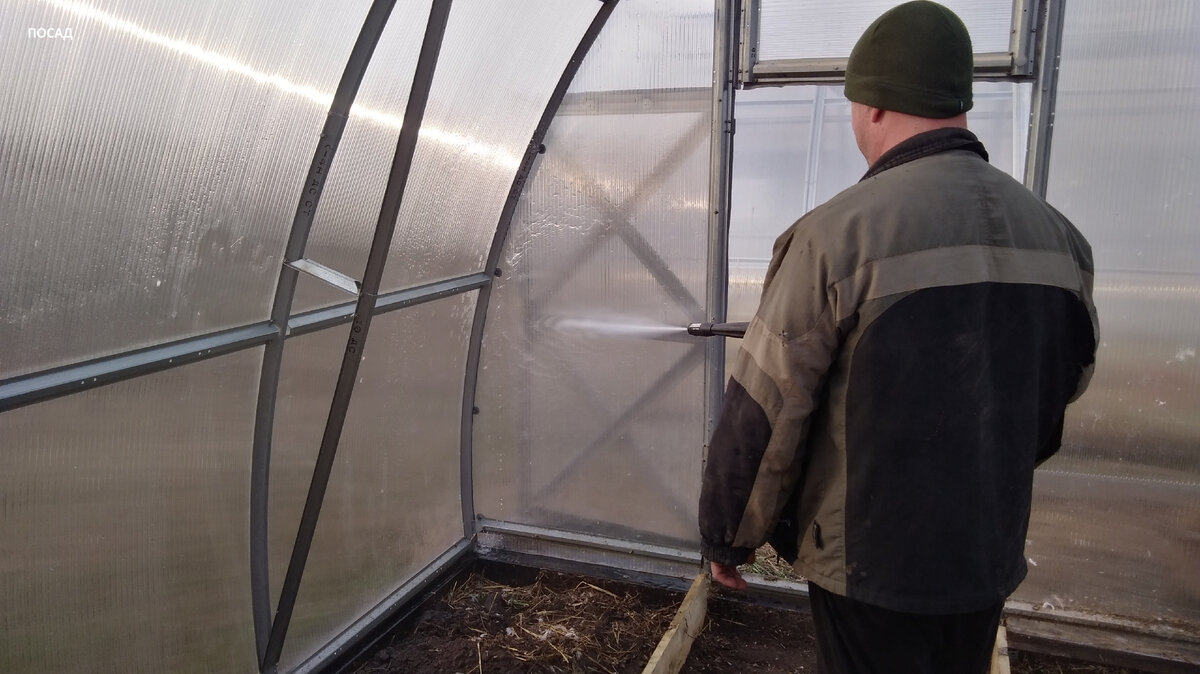
- Application via “Diya”.
- Scan of the greenhouse project (explanatory note, estimate, diagram, signed).
- Land documents (extract, agreement).
- Certificate of no debts (tax).
- Business plan (recommended).
- Evidence of co-financing (account statement, loan agreement).
- For benefits: documents on status (frontline, displaced).
All scans are clear and signed.
Submission deadlines, status, and current changes for 2025
Applications are accepted year-round, but with pauses: suspended in April 2025 due to depletion of funds, resumed in February. Applications are active as of September 22, 2025, but monitor "Diya" for the deadline before the budget is exhausted (expected in December). Changes: transition to 50%/80% co-financing, limit of 400,000 UAH/ha, expansion for veterans. Follow Cabinet of Ministers resolutions (No. 855 of July 15, 2025).
Obligations after receipt: monitoring and consequences of violations
- Build a greenhouse in 12 months.
- Create jobs: 4 permanent + 10 seasonal/ha.
- Run a business for at least 3 years, pay taxes (including for employees).
- Provide irrigation, use registered varieties.
- Reports: photos, acts, extracts.
Violations (misuse of funds, lack of jobs, early closure) – grant refund with interest. Bank monitoring: quarterly during construction, semi-annual during operation.
Nuances, benefits, and risks: a comprehensive analysis

Advantages:
- Risk mitigation: the grant covers up to 80% of initial investment.
- Innovation: access to technologies that improve efficiency.
- Business growth: product range expansion, competitiveness.
- Social bonuses: employment creation, combination with “5-7-9%” loans.
- Savings: The grant is tax-deductible.
Risks and difficulties:
- Own funds: 20-50% - a barrier for small farmers.
- Documentation: errors in the project (no irrigation, varieties not from the register) - refusal.
- Employees: burden on cost (salaries, unified social contribution).
- Payback: high energy costs (heating in winter), market (competition, sales).
- Regional factors: access to water/electricity, logistics.
- Changes to the rules: monitor how co-financing will work in 2025.
Calculation exampleFor a 1 ha greenhouse, the cost is 5 million UAH:
- Standard: grant up to 2.5 million (50%), yours - 2.5 million.
- Benefit: up to 4 million (80%), yours - 1 million.
- But the area limit (0.8-1.2 hectares) is max 3.5 million, so there is an adjustment.
- Employees: 4 permanent + 10 seasonal.
- Payback: with a yield of 200 tons/year at 20 UAH/kg - income of 4 million, minus expenses (2 million) - profit of 2 million/year.
Expert advice: how to maximize your chances of success
- Develop a strong business plan: realistic calculations, sales contracts.
- Attract specialists: engineer for the project (10-20 thousand UAH).
- Check land and debts in advance.
- Prove co-financing: bank guarantees.
- Plan your staff: resume, hiring plan.
- Monitor updates: subscribe to “Diya”, consult with banks.
- Combine: grant + loans for full coverage.
For regions (for example, Zaporizhzhia) - local grants for women (up to 1500 USD).
Grants as an investment in a sustainable future for agribusiness
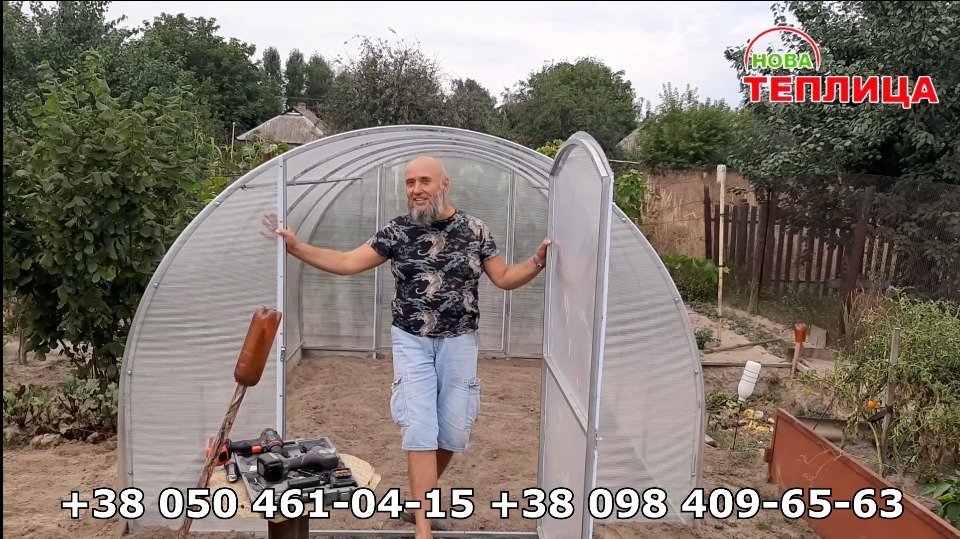
In summary, grants for greenhouse construction and development in Ukraine in 2025 represent more than just financial assistance, but a truly strategic tool for strengthening the agricultural sector. They radically reduce entry barriers for small and medium-sized businesses, stimulating the adoption of innovative technologies, creating thousands of jobs, and strengthening the country's food security. With a budget of UAH 1.37 billion, the program opens the door to hundreds of ambitious entrepreneurs, enabling them to scale up production, increase yields, and minimize risks associated with climate change and economic instability. This is not only a contribution to the national economy but also an opportunity for every farmer to build a profitable, sustainable business that will generate income for years to come.
If you're ready to invest time and resources in your project, don't delay: submit an application through the "Diya" portal today and turn your grant into real growth for your business. To ensure the highest efficiency and quality of your greenhouse, contact trusted manufacturers. At NovaTeplitsa, a leading Ukrainian manufacturer of modular greenhouses, we offer a full range of solutions: from turnkey design and construction to the supply of modern equipment. Our greenhouses are adapted to grant requirements, certified, and guarantee maximum yields with minimal costs. Order from us and receive not just a structure, but a reliable partner for your success in agribusiness. Contact us for a free consultation!
